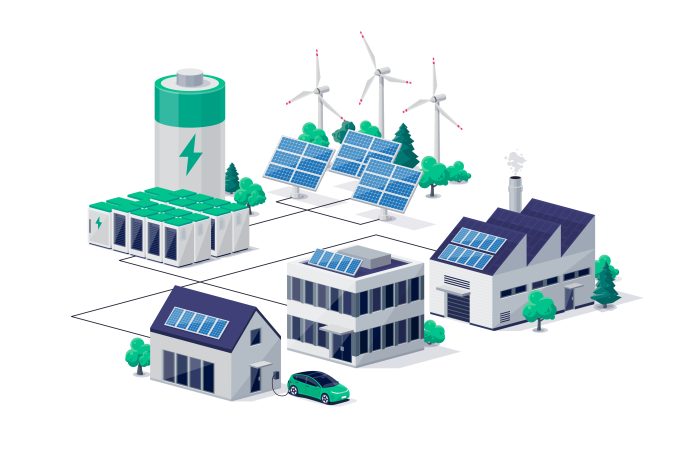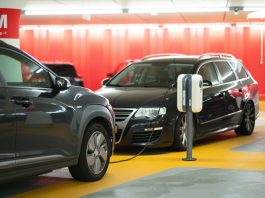With the rapidly growing global electric vehicle (EV) market comes great demand for new charging infrastructure, including conductive charging, battery swapping, and wireless charging.
Off-grid EV charging solutions can be implemented where grid expansion and accessibility can’t keep up with this growing demand in the medium term.
IDTechEx explores these solutions and 10-year market forecasts in their latest report, ‘Off-Grid Charging For Electric Vehicles 2024-2034: Technologies, Benchmarking, Players and Forecasts’.
How is the growing EV market changing infrastructure demands?
Internal combustion engines are predicted to decline in growth, with battery electric vehicles, plug-in hybrid EVs, and fuel cell EVs estimated to overtake them.
But as fuel is replaced with electricity, how will all the electricity be transported?
With this increase in electricity demand, production and distribution face enormous challenges.
In 2019, IDTechEx reported that 23,000 trillion watt-hour equivalent of oil was consumed by road transportation, meaning an equivalent amount of energy must be sourced and transported to meet the same requirements.
While solar is a fast-growing energy source, and wind on and offshore can rapidly generate renewable energy, the resources needed for wide electricity distribution are not available. Current grid infrastructure is mostly built around centralised coal-fired power plants and is struggling to adapt to the needs of electric vehicles.
Off-grid charging is becoming necessary, and the electrification of transport is creating a need for charging infrastructure to keep up with passenger car usage, applications within rural areas, and commercial and industry settings such as large mining or construction sites.
There is increased pressure on local grid access, as it takes time and money to achieve the grid expansions needed to keep up with growing electrification and demand for these charging sites.
IDTechEx states that the average grid connection time in the US is just under four years, which is relatively slow in the context of the rapidly growing EV market.
Off-grid EV charging methods and approaches
Solar canopy chargers, Airborne Wind Energy (AWE) generation methods, and hydrogen fuel cell charging are three possible approaches to off-grid EV charging. Each could help relieve the weight on a constrained grid, and each has benefits and challenges.
Overhead solar power canopies can be set up relatively quickly and easily and can be used to power batteries that have an EV charging outlet. This method of off-grid charging can provide free energy and could be a great source of extra power on the go.
Solar canopy chargers, however, might face challenges of limited geographical applicability, lower charging rates, and decreased reliability in areas with reduced sunlight or at night-time.
The costs of installations may outweigh the benefits in some cases, as despite being straightforward, they still require expensive equipment. AWE generation methods provide a scalable and renewable approach, though they can also be expensive to deploy and are still in the early stages of development.
Hydrogen fuel cell or generator charging can provide high charging rates and good consistency with sufficient hydrogen supply.
Although this approach requires green hydrogen to be considered a ‘green’ technology, it has the potential to reach net zero and be a promising opportunity for off-grid charging. Because it can be temporary without requiring permanent installations, fuel cell charging could be used for a number of applications, such as public highways, on construction sites for high-powered vehicles requiring fast charging, and for fleets that need a grid connection boost.
A good hydrogen supply could temporarily provide energy security as a backup option or as a main source of electricity.
However, fuel cell charging may also mean slightly lower energy efficiency, and costs can still be a challenge, as acquiring green hydrogen at a reasonable price could prove tricky. High initial expenses when deploying this charging approach should also be considered.
Future forecasts
The main purpose for off-grid charging, as explored by IDTechEx, is to accommodate the growing EV market alongside limited electricity infrastructure, providing solutions for charging while the grid is being expanded.
Global infrastructure investments have been consistent over the last ten years. Still, new investments will be necessary for the EV market going forward to address challenges surrounding costs and make the implementation of new techniques viable.
IDTechEx expects the total off-grid charging market to reach over $16 billion by 2034.









